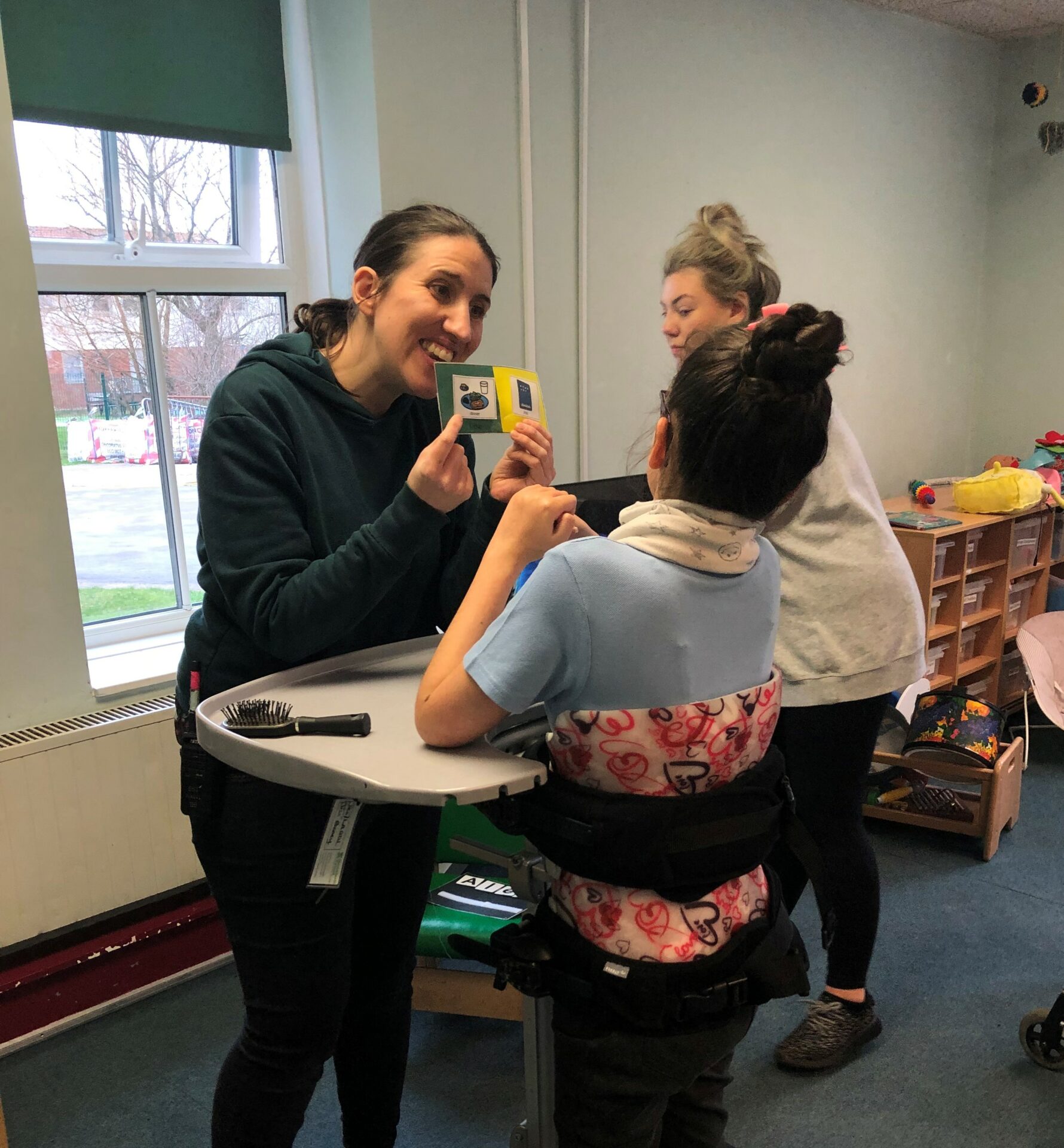Communication is important. No matter who you are, who you are trying to communicate with, or what you are trying to say, it is important that you know how to get your point across. With this in mind, while communicating with deafblind individuals can be more of a challenge, it is also a unique and rewarding experience.
However, there are a number of different skills and behaviours that you will need to use when learning how to communicate with a deafblind person. From patience to respect, and having the right skills, knowing the right approach can make communicating so much easier. Deafblindness is a condition that consists of both hearing and visual impairments, which require specific communication methods.
But here at Seashell, we offer support and training to make communication with deafblind individuals much easier. From top-tips to development methods and courses, we can assist in effective communication. Here is everything you need to know about how to communicate with a deafblind person while making them feel comfortable at the same time.

Understanding deafness
Before you can even start to try and communicate with a deafblind person, you need to have a clear understanding of their condition and their individual needs. Even if you think you’re aware of what deafblindness means, it is important to remember that it affects people in different ways and to different degrees. You may find that some deafblind individuals have residual hearing or vision, so certain communication methods may be available to them, whereas others may only rely on touch.
How to communicate with a deafblind person
While you may be unsure how to go about communicating with a deafblind person, by taking on board some of our top tips here at Seashell for effective communication, the process can be a whole lot easier.
Our top tips for effective communication
Patience, patience, patience
It is impossible to communicate effectively and respectfully with deafblind individuals without having plenty of time, patience, and respect. Remember that the conversation pace you are used to may not be possible with a deafblind person, so be patient when waiting for responses so that they have enough time to process and understand the information. Allowing them the time they need to understand and listen will make communication much easier.
Establishing presence
Another top tip when communicating with a deafblind person is to make yourself known to them by gently touching the person’s hand or arm. This signals your presence to them and allows you to use simple signals or gestures to let them know you want to communicate with them.
Making deafblind people feel comfortable
Another of our top tips when communicating with a deafblind person is to create a comfortable environment.
Without keeping the setting calm, relaxed, and devoid of distractions, you will likely find it difficult to fully maintain effective communication. It is important that you clearly indicate the start and end of a conversation in any way that they will understand and keep a consistent and gentle approach throughout.
You should also make sure that you always adapt to their preferred method of communication, whether that means the use of Braille or tactile signing. Keeping an inclusive and respectful approach is crucial if you want to enhance the comfort of the individual and communicate with them effectively.
Seashell’s training courses
If you’re keen to develop your skills and learn how to communicate with a deafblind person more effectively, then our support and training courses are a great place to start. For example, our MSI (Deafblind) Intervenor Remote Course is a great way to equip yourself with the skills and knowledge required. This course enables participants to understand the needs of deafblind individuals and provides insight into the different communication methods available.
This training is crucial for anyone looking to support or work with deafblind people to help them create meaningful connections and enhance their quality of life, despite their dual sensory impairments. Our team holds MSI (Deafblind) Intervenor Remote Courses throughout the year. Take a look at our events calendar to find our next course.
There are also practical elements to enable you to learn hands-on experience so that you can communicate confidently with deafblind individuals in the future. The course MSI (Deafblind) Intervenor Remote Course content includes:
- Impact of deafblindness
- Communication (including tactile signing)
- Visual and hearing impairment
- Development of touch
- Mobility and independent living skills
That isn’t all that we can offer here at Seashell. We can also offer a plethora of resources and support including learning disability training that can create an inclusive and supportive environment for children and young people with complex learning difficulties and disabilities. For more information feel free to contact us.

